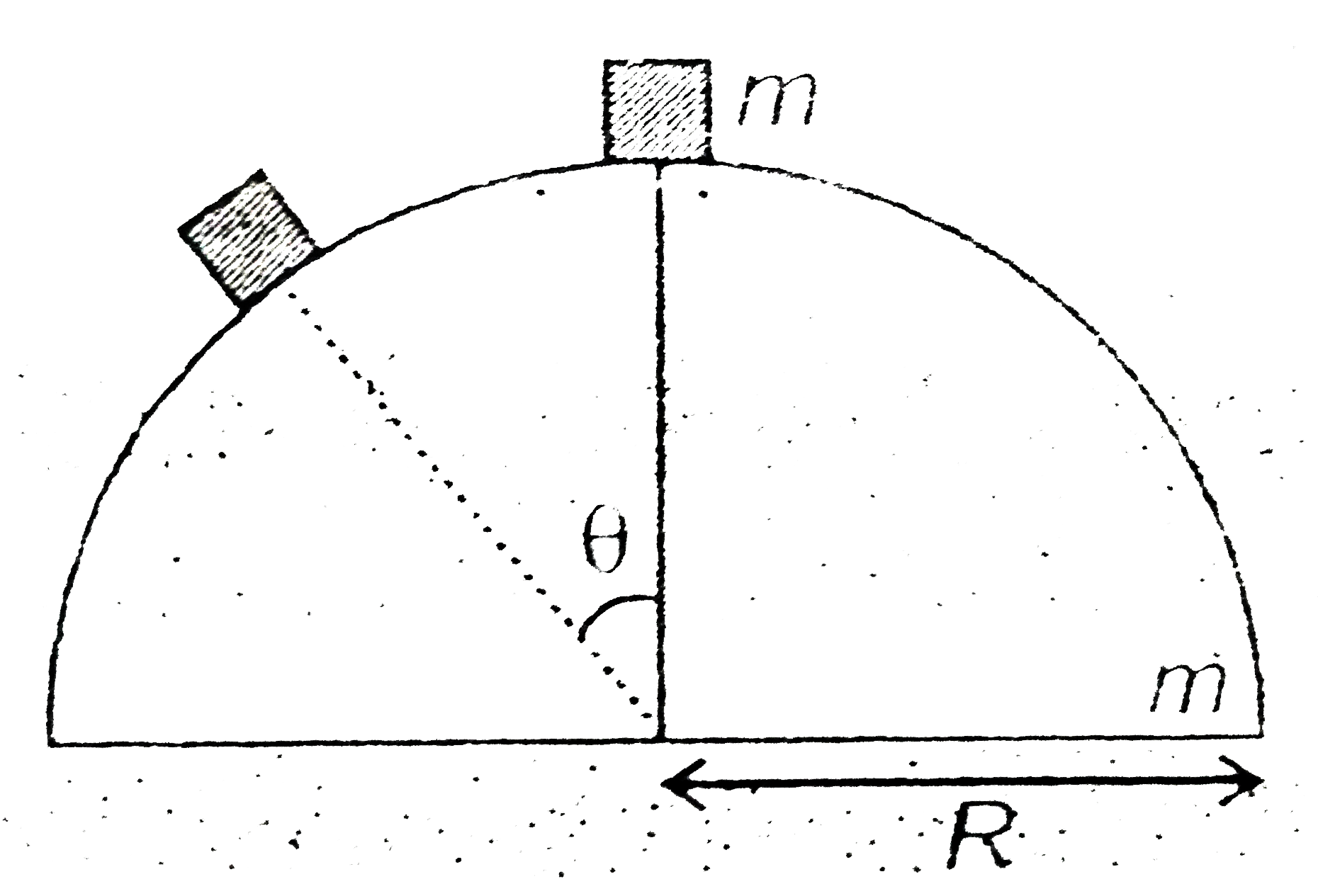If white light is used in Young's double -slit experiment
a) bright white fringe is formed at the centre of the screen
b) fringes of different colours are observed on both sides of central fringe clearly only in the first order
c) the first order violet fringes are closer to the centre of the screen than the first order red fringes
d) the first order red fringes are closer to the centre of the screen than the first order violet fringes
only a and d are true
only a and b are true
only a, b and c are true
all are true
The correct Answer is:C
To solve the problem regarding the Young's double-slit experiment with white light, we need to analyze each of the four statements provided.
Step 1: Analyze Statement A
Statement A: "Bright white fringe is formed at the centre of the screen."
- In the Young's double-slit experiment, the central fringe is formed due to constructive interference of all the colors of light (white light is a combination of all colors). Therefore, this statement is correct.
Step 2: Analyze Statement B
Statement B: "Fringes of different colours are observed on both sides of central fringe clearly only in the first order."
- As we move away from the central fringe, the colors start to disperse due to the different wavelengths of light. The first-order fringes will show distinct colors, while higher-order fringes will show less distinct colors due to increasing overlap. Thus, this statement is also correct.
Step 3: Analyze Statement C
Statement C: "The first order violet fringes are closer to the centre of the screen than the first order red fringes."
- The position of the fringes is determined by the wavelength of light. Violet light has a shorter wavelength than red light. Since the fringe separation is inversely proportional to the wavelength, the violet fringe will be closer to the center than the red fringe. Therefore, this statement is correct.
Step 4: Analyze Statement D
Statement D: "The first order red fringes are closer to the centre of the screen than the first order violet fringes."
- This statement contradicts Statement C. Since we established that the violet fringes are closer to the center due to their shorter wavelength, this statement is incorrect.
Conclusion
Based on the analysis:
- Statements A, B, and C are correct.
- Statement D is incorrect.
Thus, the correct option is A, B, and C.
Statement A: "Bright white fringe is formed at the centre of the screen."
- In the Young's double-slit experiment, the central fringe is formed due to constructive interference of all the colors of light (white light is a combination of all colors). Therefore, this statement is correct.
Statement B: "Fringes of different colours are observed on both sides of central fringe clearly only in the first order."
- As we move away from the central fringe, the colors start to disperse due to the different wavelengths of light. The first-order fringes will show distinct colors, while higher-order fringes will show less distinct colors due to increasing overlap. Thus, this statement is also correct.
Statement C: "The first order violet fringes are closer to the centre of the screen than the first order red fringes."
- The position of the fringes is determined by the wavelength of light. Violet light has a shorter wavelength than red light. Since the fringe separation is inversely proportional to the wavelength, the violet fringe will be closer to the center than the red fringe. Therefore, this statement is correct.
Statement D: "The first order red fringes are closer to the centre of the screen than the first order violet fringes."
- This statement contradicts Statement C. Since we established that the violet fringes are closer to the center due to their shorter wavelength, this statement is incorrect.
Based on the analysis:
- Statements A, B, and C are correct.
- Statement D is incorrect.
Topper's Solved these Questions
- WAVES OPTICSBOOK - AAKASH SERIESCHAPTER - WAVES OPTICSEXERCISE - EXERCISE -IA (MATCHING TYPE QUESTIONS)
6 Videos
- WAVES OPTICSBOOK - AAKASH SERIESCHAPTER - WAVES OPTICSEXERCISE - EXERCISE -IA (ASCENDING AND DSCENDING ORDER TYPE QUESTIONS)
6 Videos
- WAVES OPTICSBOOK - AAKASH SERIESCHAPTER - WAVES OPTICSEXERCISE - EXERCISE -IA (SATEMENT TYPE QUESTIONS)
12 Videos
- WAVESBOOK - AAKASH SERIESCHAPTER - WAVESEXERCISE - EXERCISE-III (Doppler effect :)
15 Videos
Similar Questions
Knowledge Check
A Young's double slit experiment uses a monochromatic source. The shape of the interference fringes formed on a screen is
AparabolaBstraight lineCcircleDhyperbola
White light is used in a Young's double slit experiment. Find the minimum order of the violet fringe (λ=400nm) which overlaps with a red fringe(λ=700nm).
View SolutionWhen YDSE is conducted with white light, a white fringe is observed at the centre of the screen. When the screen is moved towards the slits by 5mm, then this white fringe
View SolutionWhat is the difference between 2.0m and 2.00m.
View SolutionA particle is placed on the top of a hemispherical shell of same mass. Shell is free to move on the smooth ground. If particle is given a given a gentle push and reaches to angular position q as shown in figure then for an observer fixed on a shell, ratio of reaction force exerted by shell to pseudo force (as observed from shell) acting on particle, is

View SolutionIn double slits experiment, for light of which colour the fringe width will be minimum
View SolutionIn a Young's double slit experiment performed with a source of white light, only black and white fringes are observed.
View SolutionIn Young's double slit experiment, when light of wavelength 4000A∘ is used 90 fringes are seen on the screen. When light of 3000 A is used, the number of fringes seen is
View Solution
